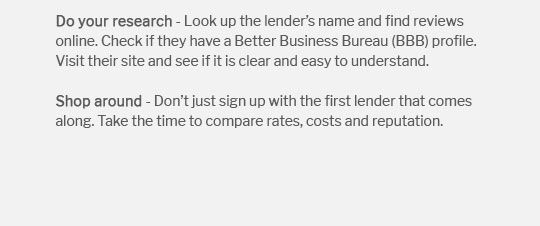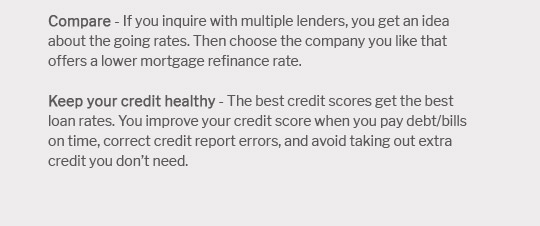 |
|||
 |
 |
 |
||
|---|---|---|
 |
||
 |
||
 |
||
 |
||
 |
 |
 |
 |
Understanding 30 Year Cash Out Refi Rates for HomeownersWhat is a 30 Year Cash Out Refinance?A 30 year cash out refinance allows homeowners to replace their existing mortgage with a new one, while also borrowing additional money against the equity of their home. This type of refinancing extends the loan term to 30 years, providing lower monthly payments compared to shorter-term loans. Benefits of Cash Out Refinancing
Factors Influencing 30 Year Cash Out Refi RatesSeveral factors can impact the rates you receive on a 30 year cash out refinance. Understanding these can help in making an informed decision. Credit Score and Financial HealthYour credit score plays a significant role in determining the interest rate. Lenders offer more favorable rates to borrowers with higher credit scores, as they are considered less risky. Current Market ConditionsMarket interest rates fluctuate based on economic conditions. It's crucial to keep an eye on current home refinance rates oregon to time your refinancing for optimal savings. Comparing Cash Out Refi with Other OptionsWhile cash out refinancing is popular, it’s important to compare it with other options like home equity loans. Cash Out Refi vs. Home Equity LoanA cash out refinance replaces your existing mortgage, whereas a home equity loan is a second loan on top of your existing mortgage. For more details on how these options differ, visit difference between home equity and refinance.
FAQhttps://www.rocketmortgage.com/refinance-rates/30-year-refinance-rates
30-Year Refinance Rates - 30-year fixed - 30-year FHA - 30-year VA - 30-year jumbo fixed - Free Official Mortgage Review. https://www.citizensbank.com/loans/mortgage-refinance.aspx
30-Year Fixed Rate ; Rate: 7.000% ; APR: 7.101% ; Points: .5 ; Estimated Monthly Payment: $1,995.91. https://www.usbank.com/home-loans/refinance/refinance-rates.html
Today's 30-year fixed refinance rates - Conventional fixed-rate loans - Conforming adjustable-rate mortgage (ARM) loans - Jumbo adjustable-rate mortgage (ARM) ...
|
|---|